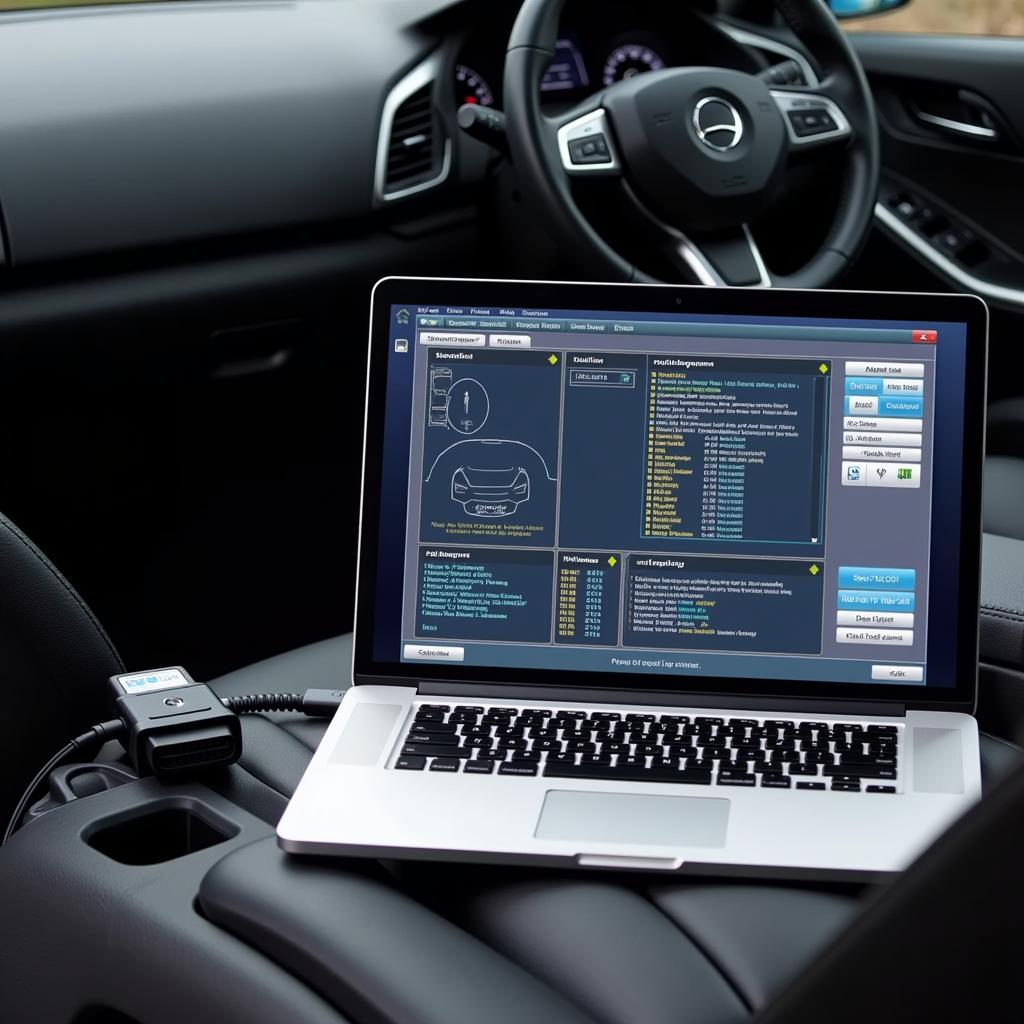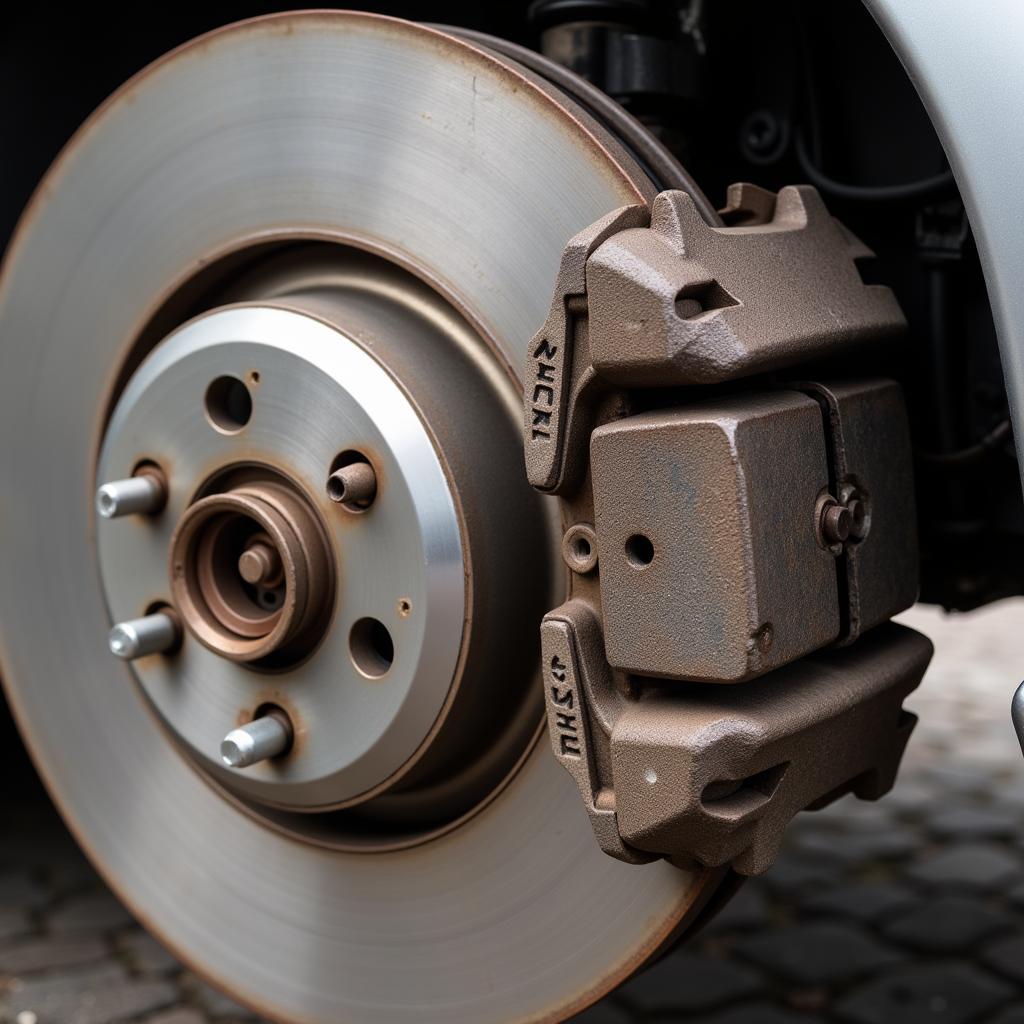Is your car refusing to start? The dreaded click or complete silence when you turn the key can be incredibly frustrating. Figuring out if it’s a bad battery or starter is the first step to getting back on the road. This article will guide you through the process of diagnosing whether you have a bad battery or starter, empowering you to take the next steps towards a solution.
A dead battery and a faulty starter can mimic each other, making it tricky to pinpoint the culprit. One common symptom is the clicking sound when you try to start the car. This could indicate a low battery struggling to power the starter motor, or it could mean the starter itself is failing. Similarly, if your car’s interior lights are dim or don’t work at all, it could be due to a dead battery, but a failing starter drawing excessive current can also cause this. Understanding the key differences in symptoms and performing simple tests can help you quickly identify the source of your car troubles.
Is it a Bad Battery? Common Signs and Simple Tests
Several telltale signs point to a failing battery. Look for dim headlights, especially when the engine isn’t running. what does fob stand for keys might also function erratically or stop working altogether. A slow engine crank, where the engine turns over sluggishly, is another classic indicator of a weakened battery. You can perform a simple voltage test with a multimeter across the battery terminals. A reading below 12.4 volts typically indicates a low charge.
Testing Your Car Battery Voltage
- Connect the red lead of the multimeter to the positive (+) terminal of the battery.
- Connect the black lead to the negative (-) terminal.
- Observe the reading on the multimeter.
“A voltage test is the quickest way to assess the battery’s state of charge,” says automotive electrical expert, Robert Johnson. “However, it’s important to remember that a voltage test alone doesn’t always tell the whole story.”
Is it a Faulty Starter? Identifying the Culprit
If your battery tests fine, the starter might be the problem. A loud clicking sound when turning the key is a common sign of a faulty starter solenoid, the electrical switch that activates the starter motor. Another indicator is a whirring sound, suggesting the starter motor is spinning but not engaging the engine’s flywheel.
Diagnosing a Bad Starter
While a visual inspection can sometimes reveal obvious damage, such as corroded connections, the most reliable way to test a starter is with a starter relay bypass. This test requires some automotive knowledge and should be performed cautiously. Alternatively, you can use a remote starter diagnostic tool. These tools can communicate with the vehicle’s computer system to pinpoint starter issues.
2014 chevy cruze key fob can sometimes be misleading as to whether the problem is the battery or the starter.
“Remote diagnostics and programming offer a convenient and efficient way to diagnose complex electrical issues, including starter problems,” explains automotive technology specialist, Sarah Chen. “These tools can save valuable time and avoid unnecessary repairs.”
Bad Battery or Starter? Remote Diagnostics and Programming
Advanced remote diagnostics and programming services can quickly and accurately determine whether you’re dealing with a bad battery, a faulty starter, or even a different electrical problem. These services utilize sophisticated software to access your vehicle’s systems remotely, identifying the root cause of the starting issue without the need for a physical inspection in many cases. key fob signal blocker can sometimes interfere with remote diagnostics.
 Remote Automotive Diagnostic Tool
Remote Automotive Diagnostic Tool
Benefits of Remote Diagnostics
- Speed and Convenience: Get a diagnosis quickly without visiting a repair shop.
- Accuracy: Pinpoint the exact problem to avoid unnecessary repairs.
- Cost-Effectiveness: Potentially save money by avoiding misdiagnosis.
how to duplicate a key fob can sometimes be required after battery or starter replacement.
Conclusion
Determining whether you have a bad battery or starter can be challenging, but by following the tips and tests outlined in this article, you can narrow down the possibilities. Remember to prioritize safety and consider using remote diagnostics for a comprehensive and efficient diagnosis. Getting back on the road starts with understanding the problem, and with these insights, you’ll be well-equipped to address your car starting issues. apartment key fob systems can also present similar diagnostic challenges.
FAQ
-
Can a bad battery damage the starter? Yes, a consistently low-charged battery can put extra strain on the starter, potentially shortening its lifespan.
-
How long does a car starter usually last? Starters typically last between 5 and 10 years, but their lifespan can vary depending on driving habits and environmental conditions.
-
Can I replace a car battery or starter myself? While possible, replacing a battery or starter can be challenging for inexperienced individuals. It’s often recommended to seek professional assistance.
-
How much does it cost to replace a car battery or starter? The cost varies depending on the vehicle make and model, as well as labor charges. Battery replacements are generally less expensive than starter replacements.
-
What are some preventative measures to extend the life of my battery and starter? Regularly checking and cleaning battery terminals, avoiding short trips, and ensuring the charging system is functioning correctly can help prolong the life of both the battery and starter.
-
Can extreme temperatures affect my car’s starting ability? Yes, both extreme heat and cold can impact battery performance and increase the strain on the starter.
-
What should I do if my car still won’t start after replacing the battery and starter? If the problem persists, it’s crucial to consult a qualified mechanic for further diagnosis, as the issue may lie with another electrical component or system.

